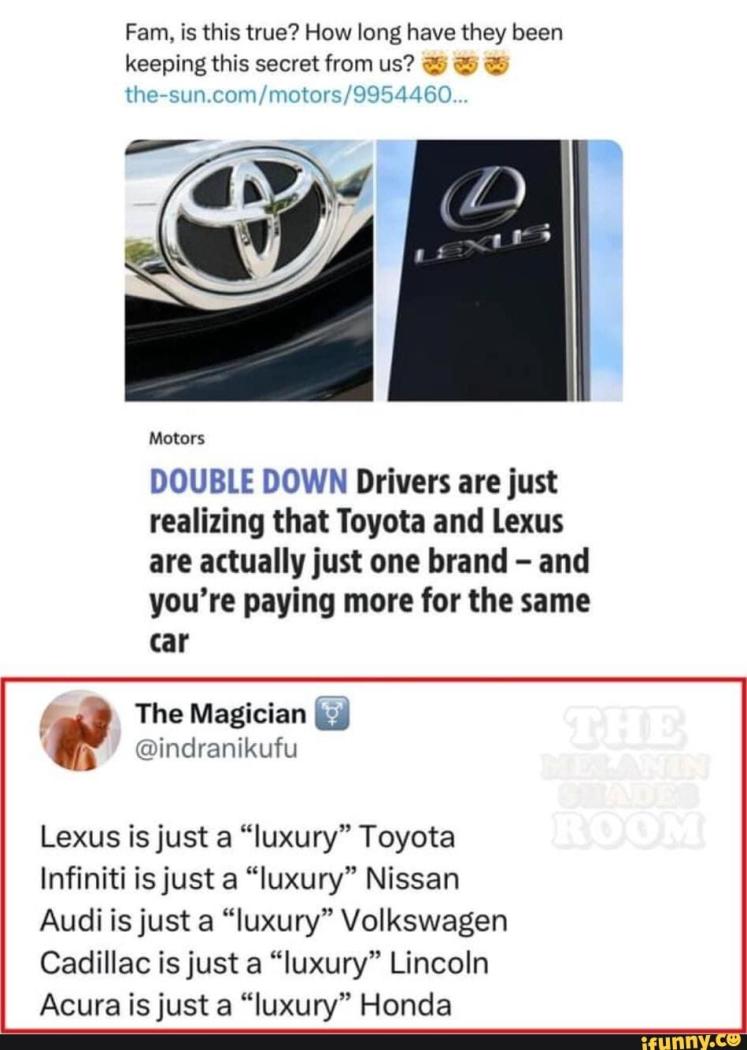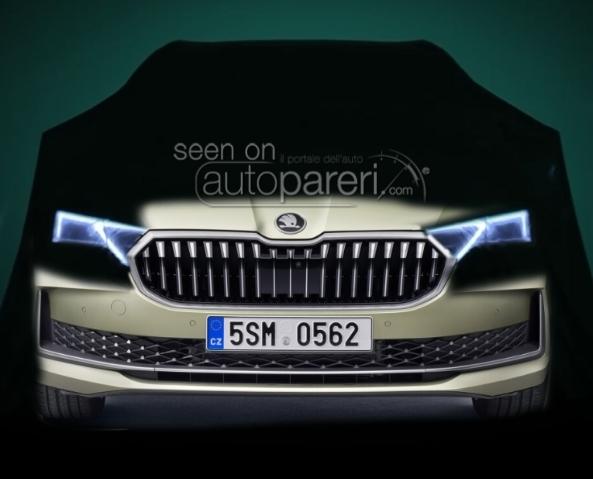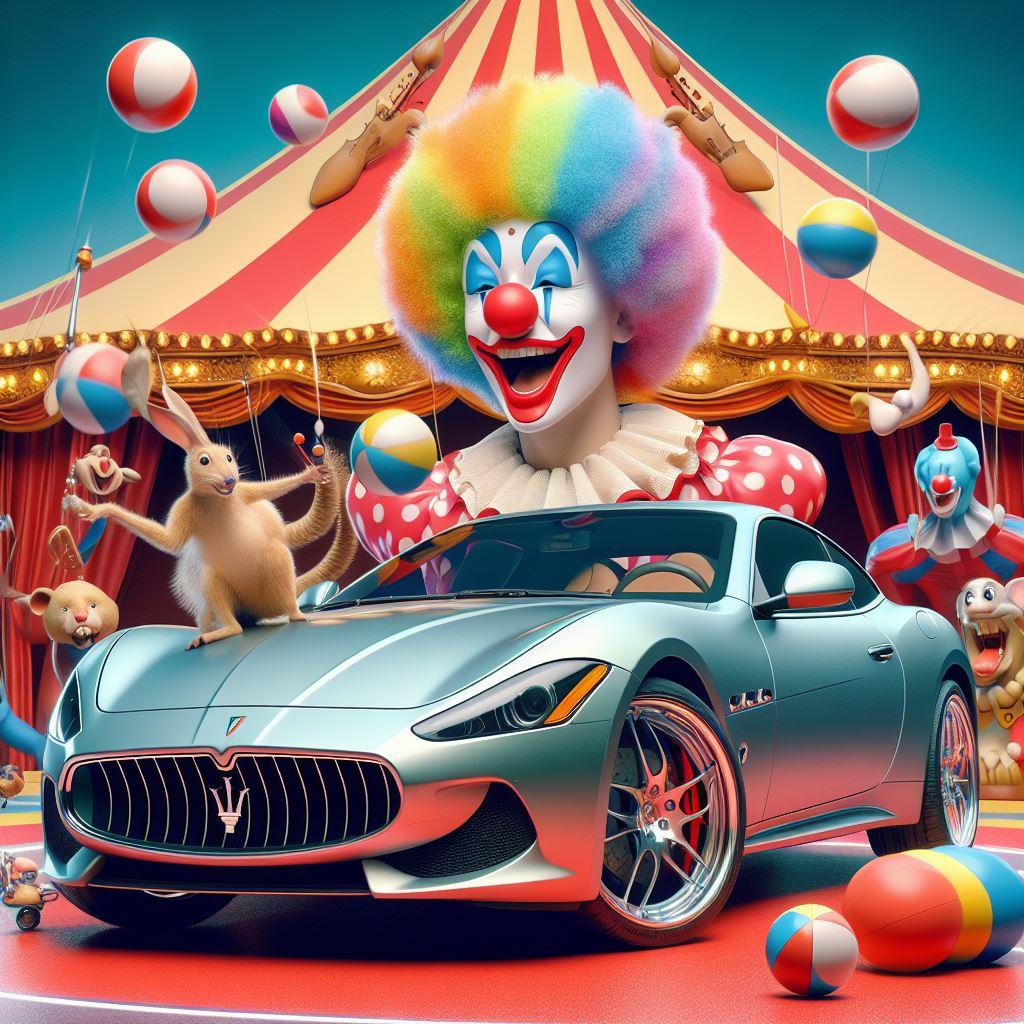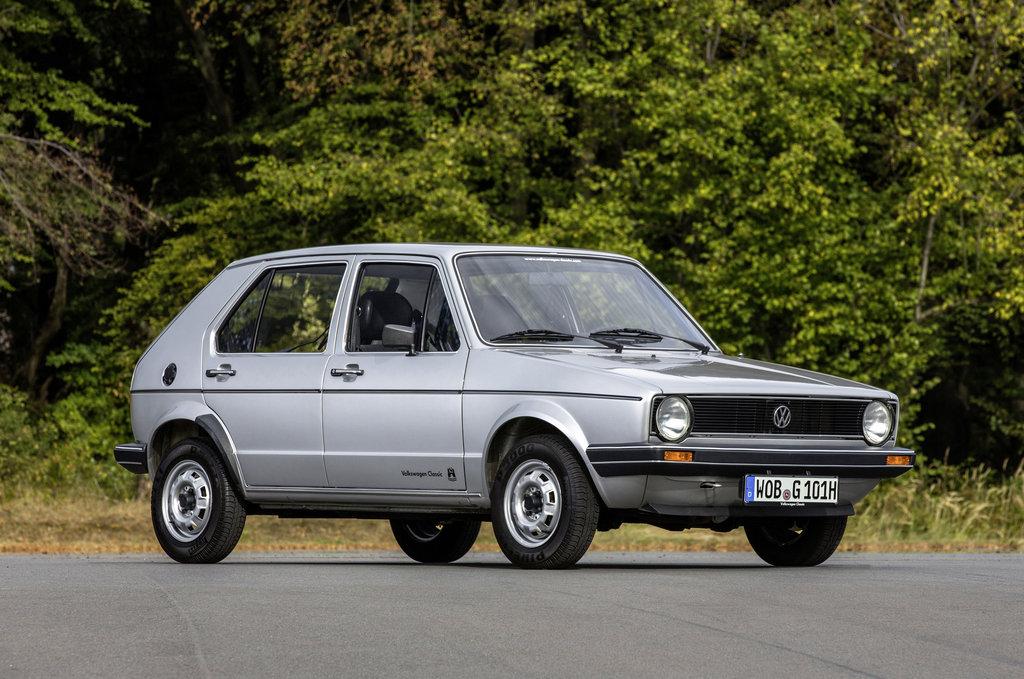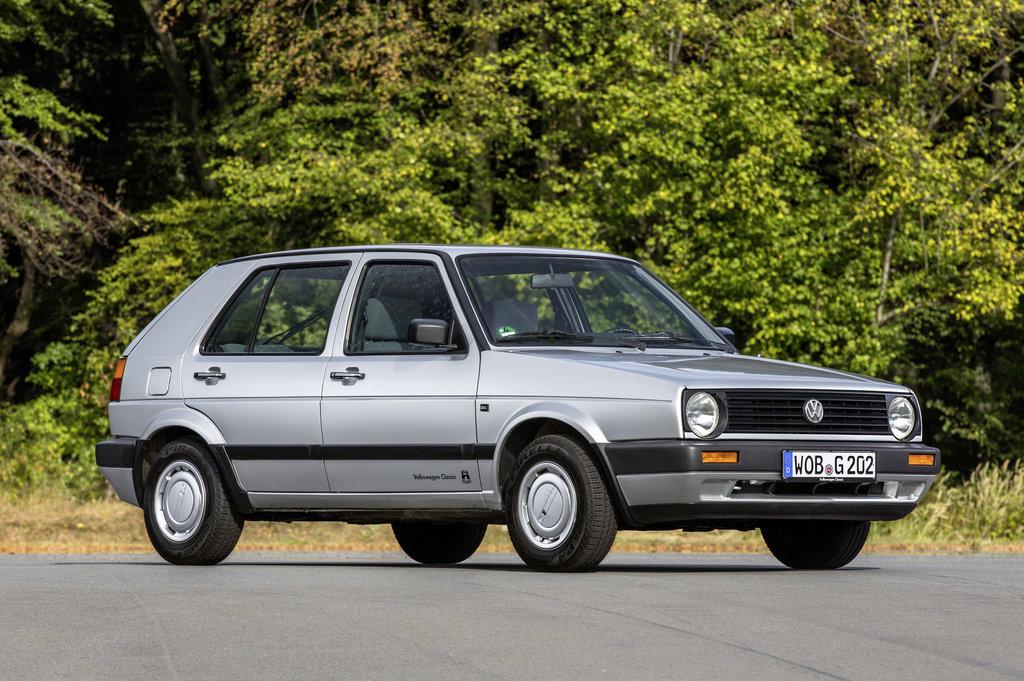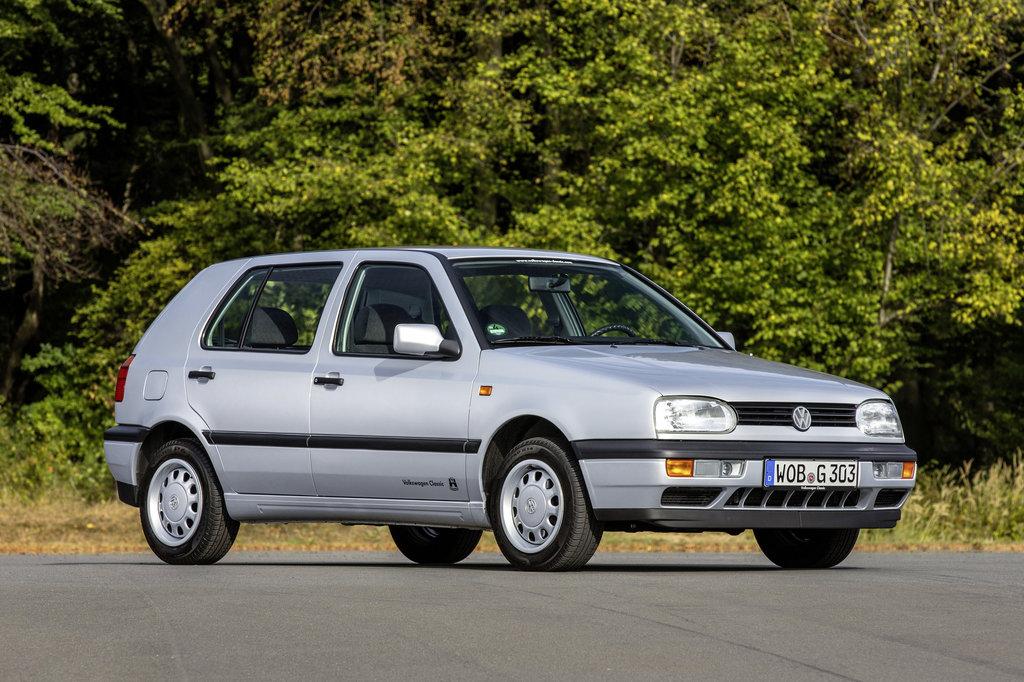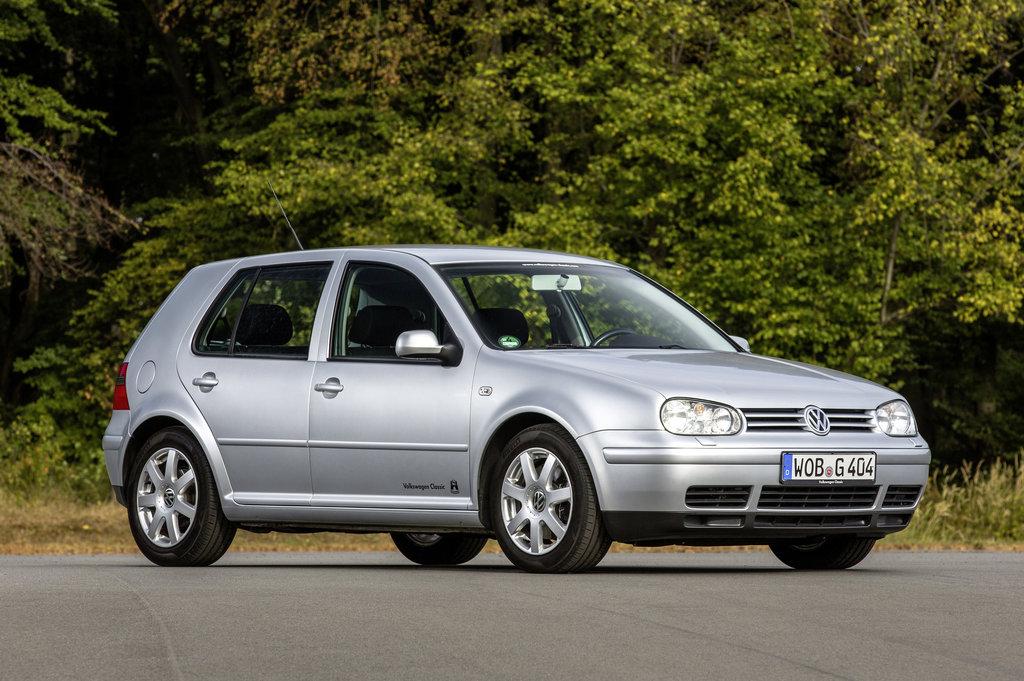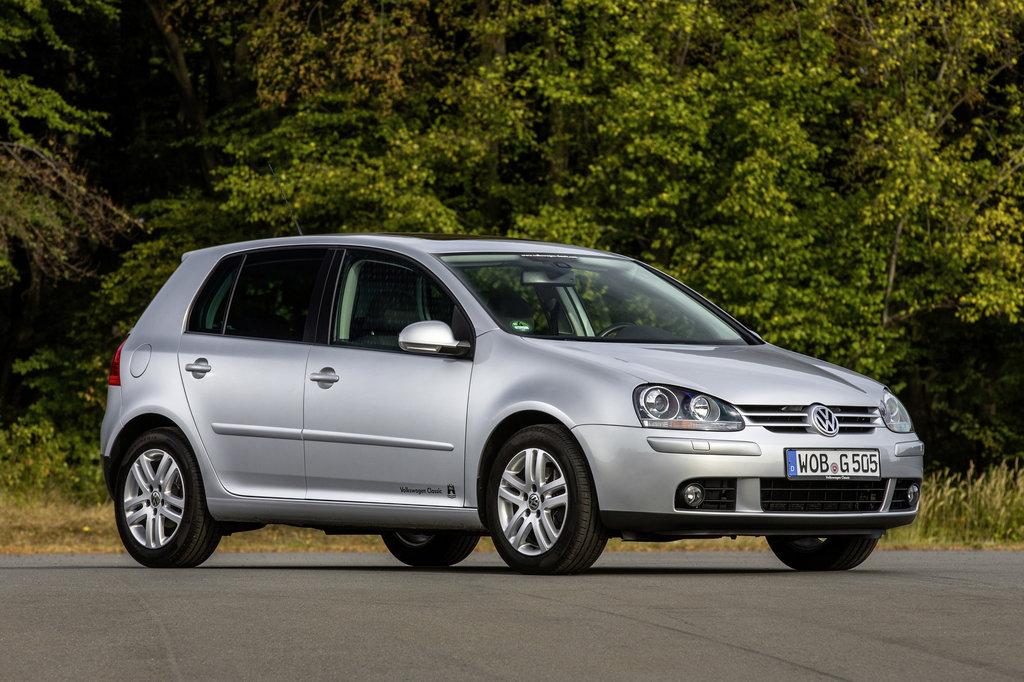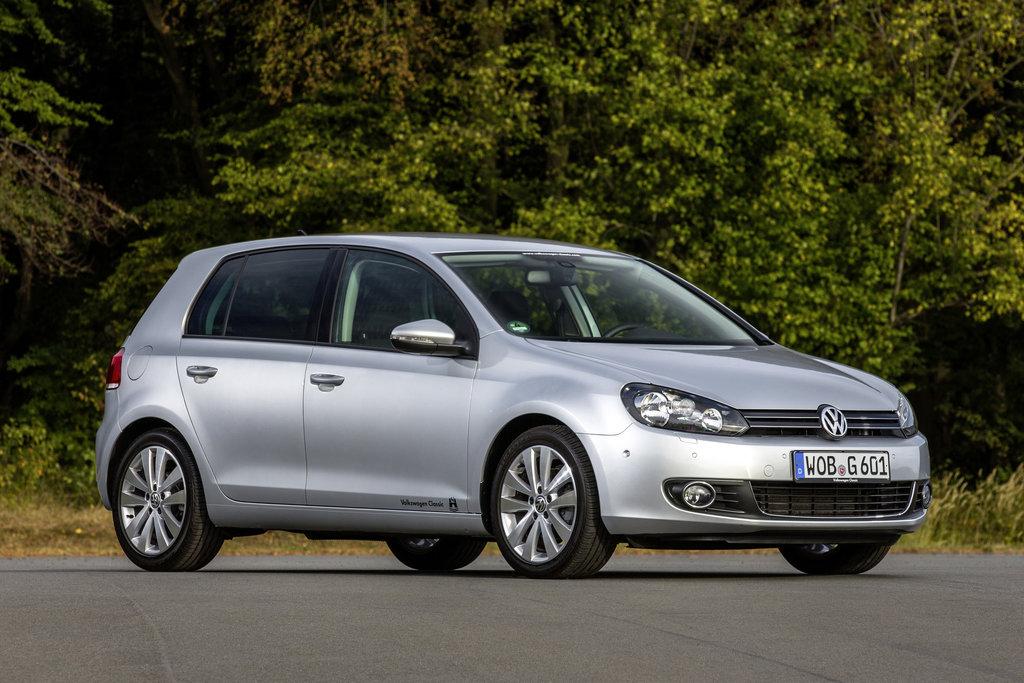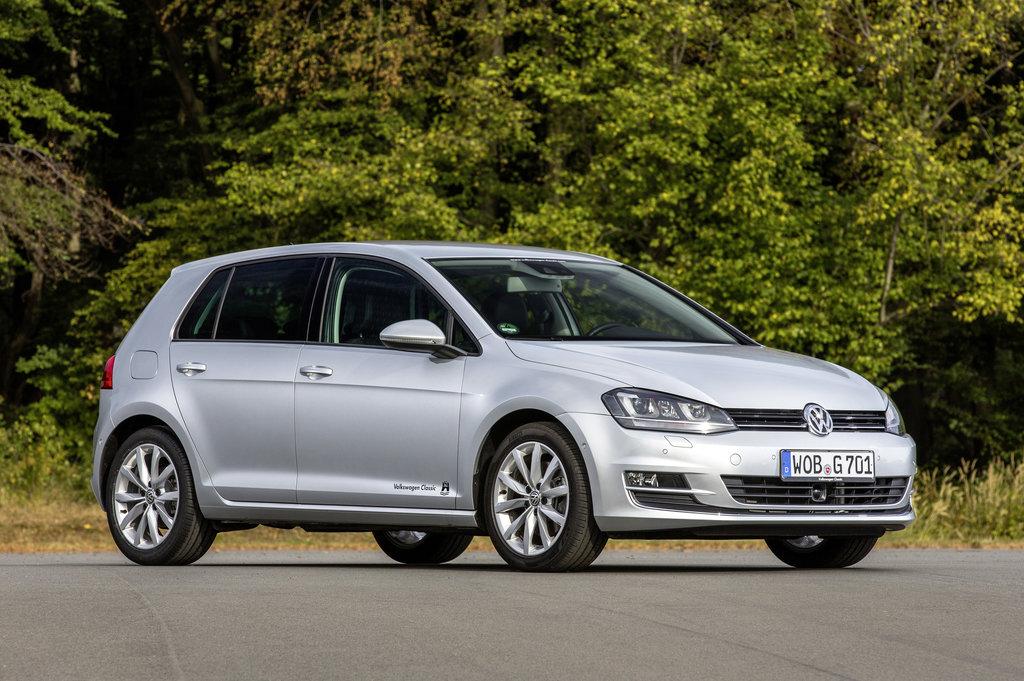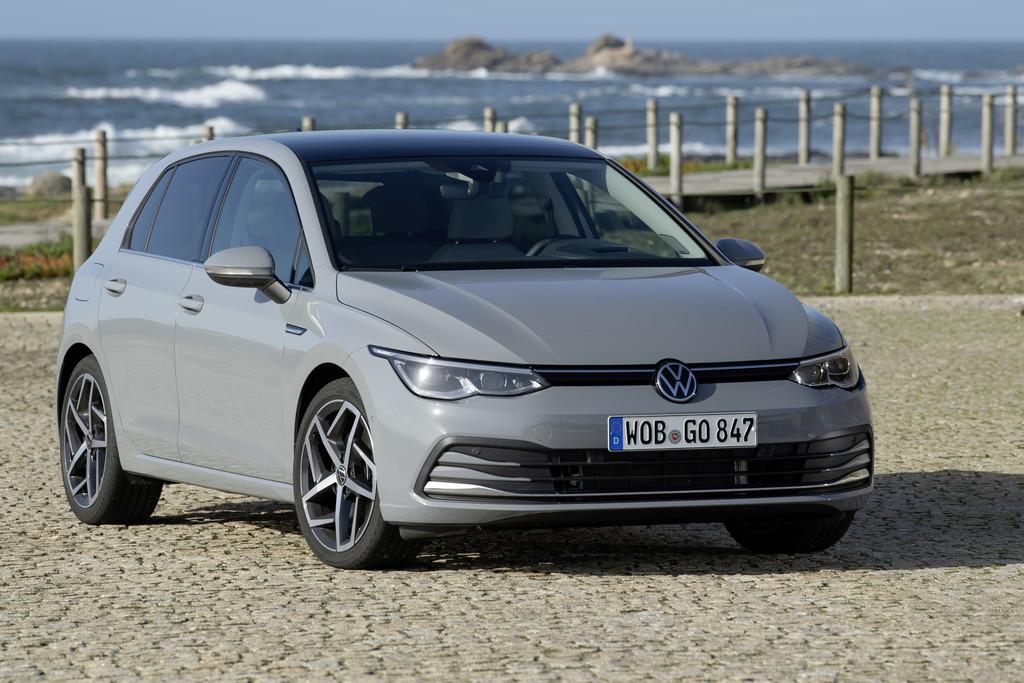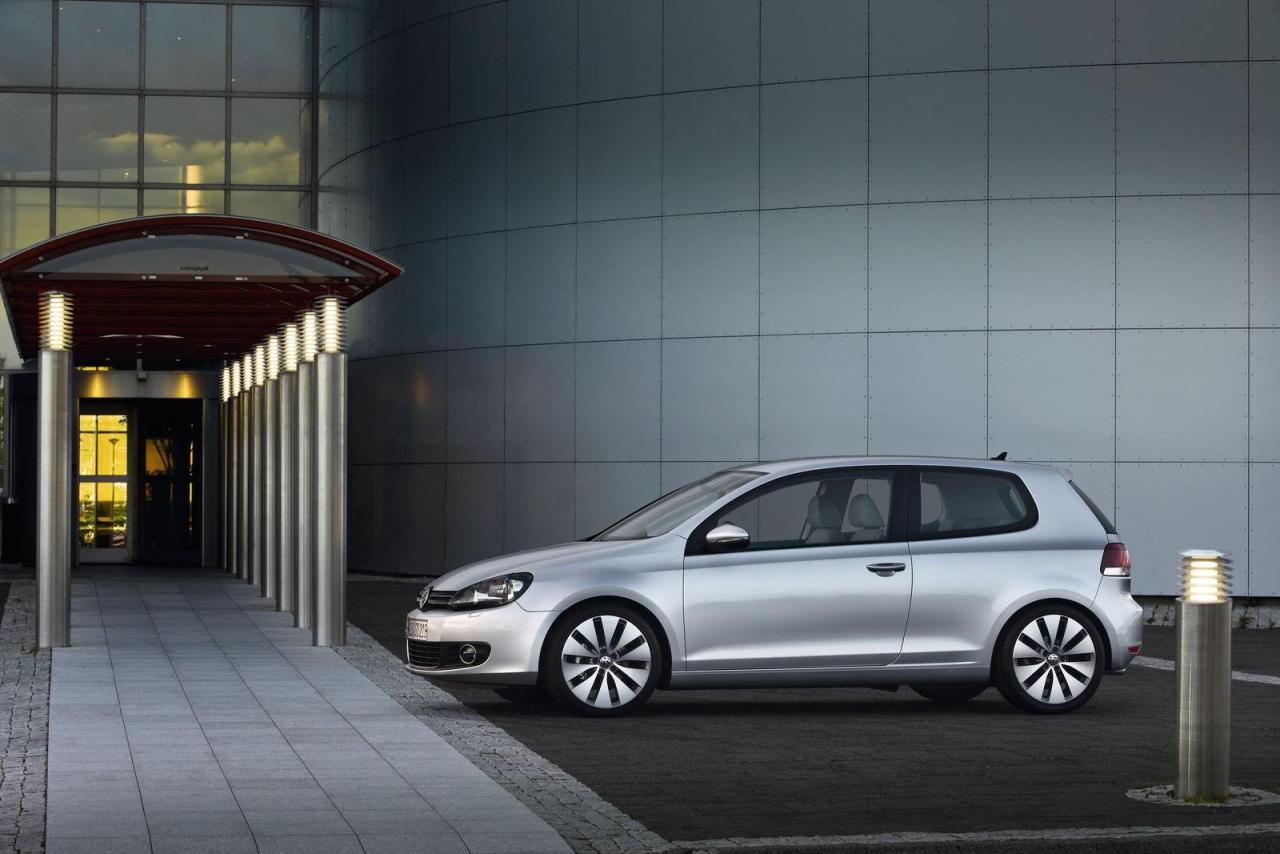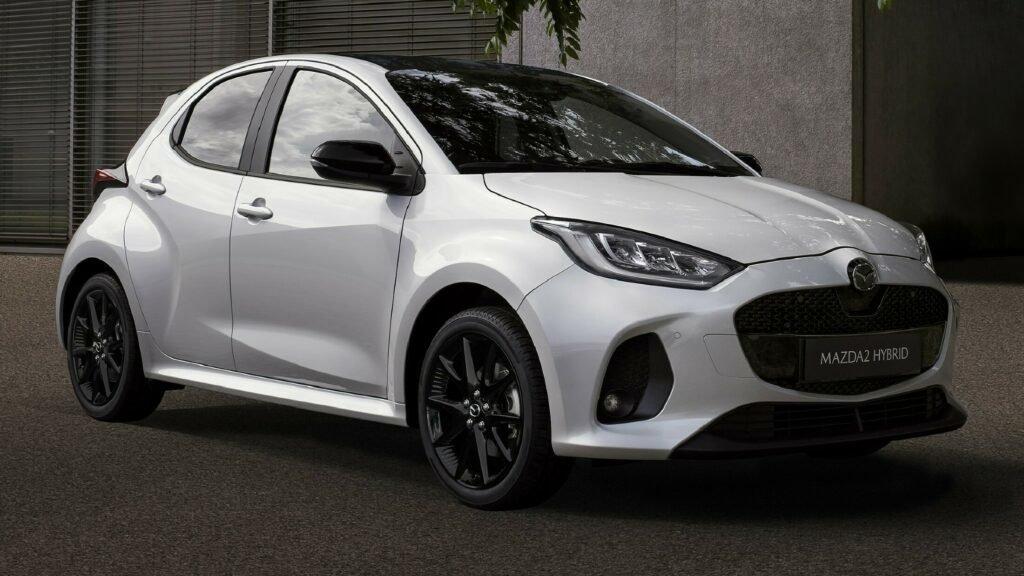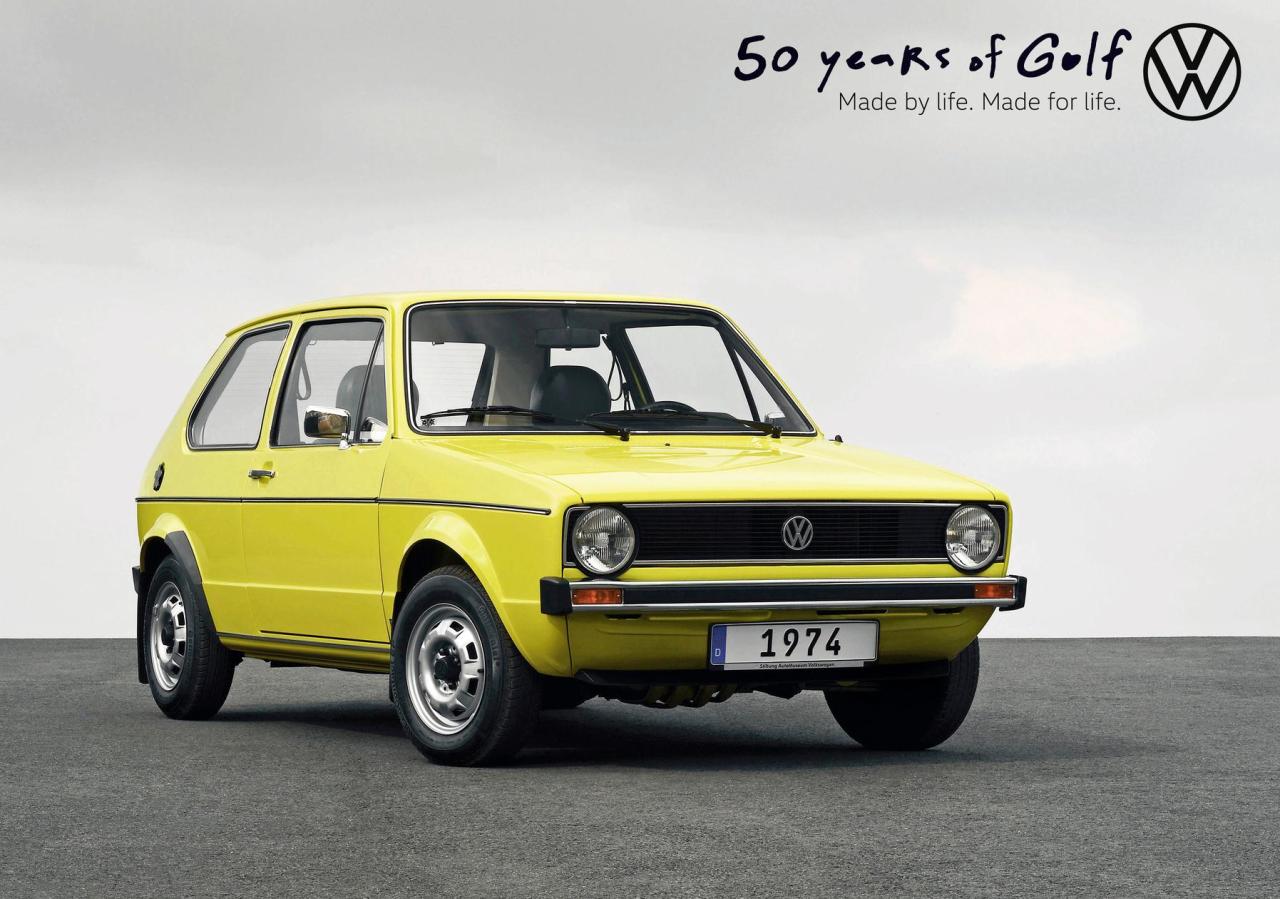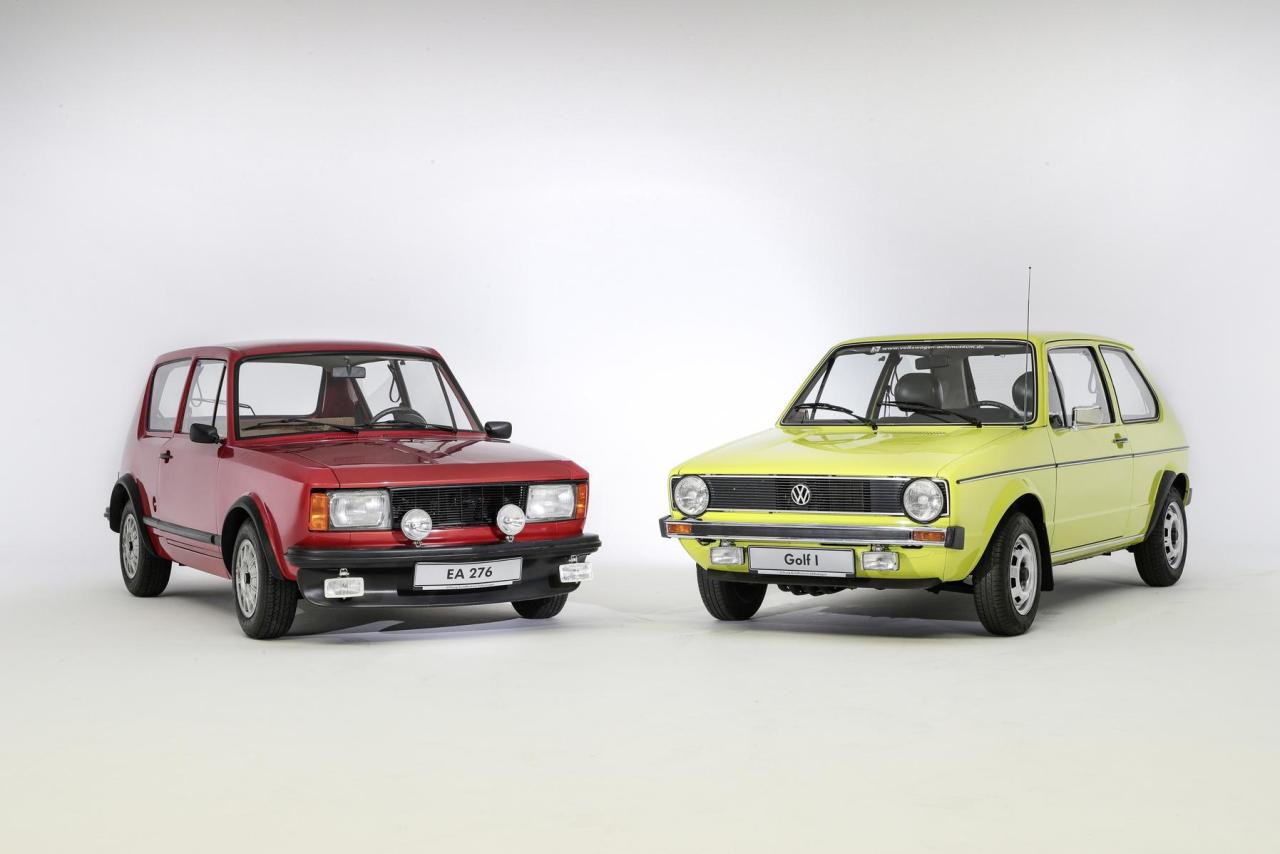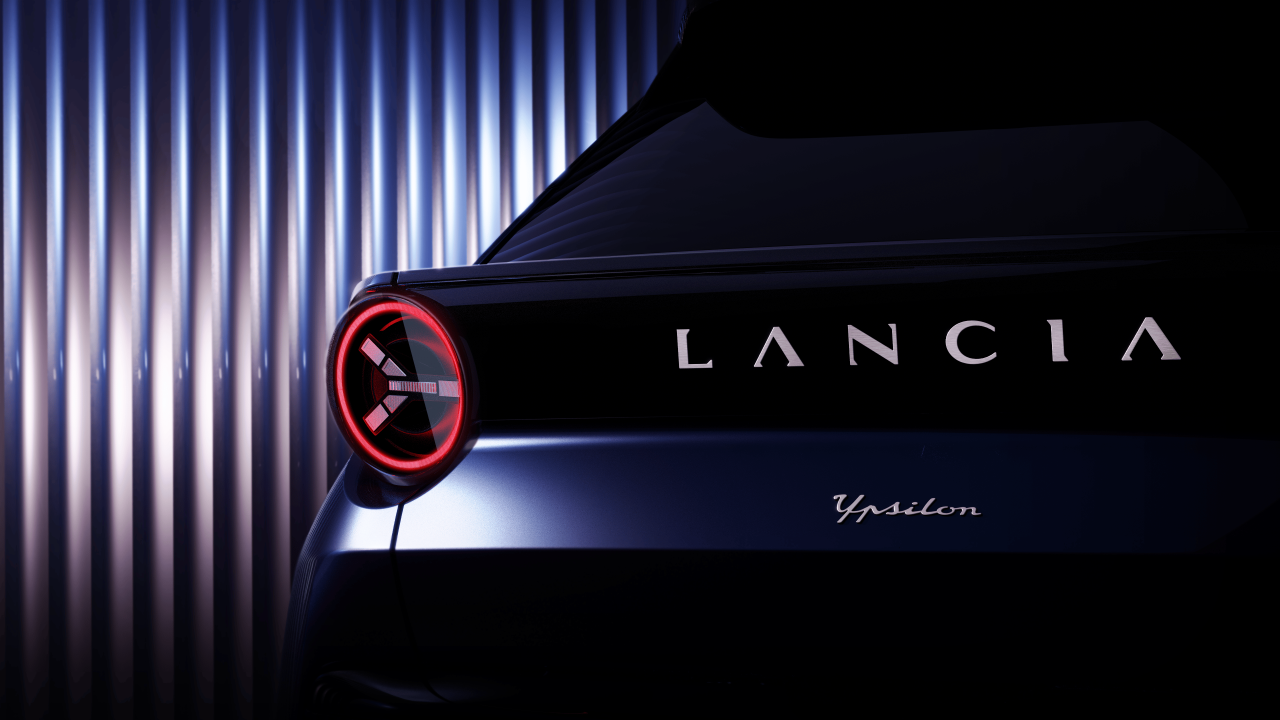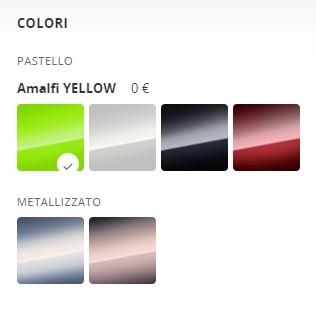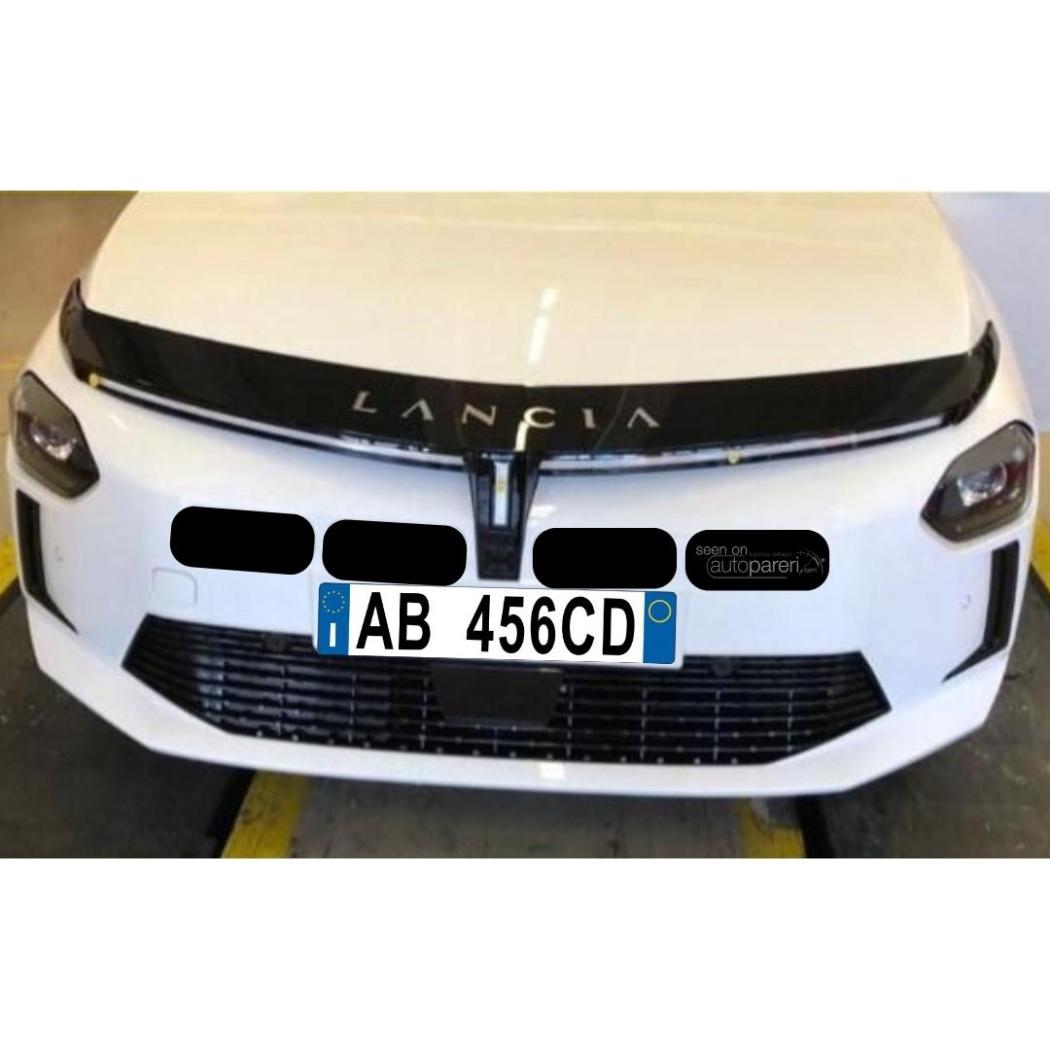-
Numero contenuti pubblicati
12729 -
Iscritto il
-
Ultima visita
-
Giorni Massima Popolarità
14
Tipo di contenuto
Forum
Galleria
Calendario
Download
Articoli del sito
Store
Blog
Tutti i contenuti di MotorPassion
-
- 2393 risposte
-
- 2
-

-
Oddio che roba vecchia. P.S. quei cerchi sono molto simili a quelli "base" di Stelvio.
-
Qualcuno sa se esistono foto del progetto Cittadina che Michele Ferrero donò ad Umberto Agnelli per la Fiat?
- 2679 risposte
-
- design story
- fiat concept
-
(e 6 altri in più)
Taggato come:
-
Carscoops
- 127 risposte
-
- 1
-

-
- corolla cross 2021
- toyota ufficiale
- (e 8 altri in più)
-
Video in cui viene mostrata la vettura che si va a parcheggiare da sola. Chissà con che criterio sceglie lo stallo in cui parcheggiarsi, per esempio nel video si vede che si trova in una zona in cui ci sono 3 stalli liberi e lei si va a posizionare in quello più "difficile" che richiede anche più manovre.
- 169 risposte
-
- xiaomi
- xiaomi ufficiale
-
(e 3 altri in più)
Taggato come:
-
- 30 risposte
-
- 2
-

-
-
Škoda ci fa gli auguri di buon anno con l'anteprima di Nuova Octavia. Snapinsta.app_video_333828703_1056720445648798_6402204000166721690_n.mp4
- 30 risposte
-
- 2
-

-

-
Giugiaro alla riscossa. 😂
-
Anche Opel Crossland. 🤪
-
Però sull'elettrico la Cina pare essere leader ed il resto del mondo che rincorre. Però sono OT.
- 2393 risposte
-
- 1
-

-
- 8422 risposte
-
- 3
-

-
- fca
- stabilimenti
-
(e 1 altro in più)
Taggato come:
-
Eccovi un recap generale della storia di VW Golf. Golf 1st Generation (1974 - 1983) Beetle successor. The first Golf in series production was produced at the Volkswagen plant in Wolfsburg at the end of March 1974. The official market launch started in May. Prior to this, the Beetle and thus the rear-mounted engine and rear-wheel drive had shaped the Volkswagen brand for decades. But now, with the first Golf, a new era finally began: that of the front-engine and front-wheel drive. This movement had been initiated a few weeks earlier by the Scirocco and the Passat, which had already been introduced in 1973. However, the first VW with a front-engine and front-wheel drive was the K70, presented in 1970 and taken over by NSU. The fact is that with the Golf, the highest-volume class had now also been converted to the new technology. As the successor to the Beetle, which had been built more than 21.5 million times, the Golf I, designed by Giorgetto Giugiaro and Volkswagen, had to live up to the great expectation of continuing the success story of the world's most successful car to date. However, the modern and safe drive concept, the great variability with a tailgate and foldable rear seat backrest, and the design were so convincing that the millionth Golf was celebrated as early as October 1976. 6.9 million units of the first generation of the Golf – including all derivatives and the identical Jetta at the time – were sold worldwide. Golf 2nd Generation (1983 - 1991) First stage of evolution. It was the second Golf that the baby boomer generation, those born in the 1960s, learned to drive: while its predecessor had already become the darling of all driving instructors and learner drivers, the new Golf now finally and indelibly drove itself into the minds of this generation, which was later even named after it in a novel by the German writer Florian Illies. And it was this Golf that democratized progress to a particularly large extent – with technologies such as the controlled catalytic converter, the anti-lock braking system and the first all-wheel drive in the series. Part of the secret of Golf's success, however, is the fact that the designers transferred the DNA of the first Golf to its successor, thus manifesting a golf design culture for eternity. This DNA still makes every Golf unmistakable today. After 6.3 million units, the second generation of the Golf came to an end in the summer of 1991. Golf 3rd Generation (1991 - 1997) Victory of safety. With the third generation of the Golf from August 1991, Volkswagen ushered in a new era of safety. On the one hand, the Golf III was the first model in the series, which was available with front airbags from 1992; on the other hand, however, major advances in the field of body design led to a significant improvement in crash characteristics. Numerous other milestones in the model series are associated with the Golf III: the first six-cylinder engine (VR6), cruise control, the first oxidation catalytic converter for the diesel engines, the first diesel direct injection engine and the first side airbags. The third generation was replaced in 1997 after 4.8 million units were produced. Golf 4th Generation (1997 - 2003) Style icon. Today, the Golf IV is regarded by design experts as a style icon and groundbreaking for the model series – no doubt also because it bridged the gap to the Golf I of 1974 with all its clarity and the C-pillar design that characterised the series. With the Golf IV, Volkswagen set a completely new quality standard in the segment. At the same time, with the debut of the ESP, the democratization of security continued to advance. A short time later, ESP became the first standard in Germany. This was followed in 2001 by the Golf GTI with 132 kW / 180 hp on the occasion of the 25th anniversary of the GTI, followed in 2002 by the first Golf with petrol direct injection (FSI) and the debut of the standard head airbags. Also in 2002, Volkswagen also introduced the sportiest Golf to date: the 250 km/h R32, the original version of today's Golf R. In 2003, it was this Golf R32 that was available with a dual-clutch transmission (DSG) for the first time. In the same year, the Golf IV vacated the production lines for the Golf V after 4.9 million units. Golf 5th Generation (2003 - 2008) Class boundaries abolished. It was the fifth Golf whose comfort and dynamics left many competitors in the upper mid-range behind. The same was true for quality. One value that underpins the stability of the laser-welded body was the 35 percent increase in torsional stiffness reported in 2003 when the Golf V debuted. For the first time, the Golf was also available with optional side airbags in the rear – together with the six standard airbags (front, front side, head airbags), eight of the protective air cushions were on board. In addition, the Golf V scored points with its new four-link rear suspension, a new 7-speed DSG, bi-xenon headlights, the debut of the first turbocharged direct-injection petrol engine in the Golf GTI and the world's first twincharger with turbocharging and supercharging. When the Golf VI was introduced in 2008, 3.4 million units of Generation V had been produced in all versions. Golf 6th Generation (2008 - 2012) High-tech compact class. In just four years, a further 3.6 million Golfs were built by the end of July 2012 on the basis of the sixth generation presented in 2008. And once again, safety also made great progress: the body, which was once again laser-welded, was so stable that it achieved the maximum five stars in the EuroNCAP crash test with flying colours. An additional airbag was now also on board as standard: the knee airbag. In terms of quality, the interior of the Golf VI in particular was considered groundbreaking. New assistance systems such as the automatic high-beam control system "Light Assist", "ParkAssist", the "Hill Start Assist" and technologies such as the adaptive chassis control system "DCC" made the "World Car of the Year" of 2009 the most advanced Golf to date. Also available: features such as the start-stop system and recuperation mode, dynamic cornering lights and LED taillights. Golf 7th Generation (2012 - 2019) Weight spiral reversed. On September 4, 2012, Volkswagen celebrated the world premiere of the seventh Golf in Berlin. Just one day later, pre-sales of the bestseller, which has sold well over 29 million copies to date, began in the first countries. The weight of the new Golf has been reduced by up to 100 kg, thus reversing the much-cited weight spiral. Depending on the engine, fuel consumption could be reduced by up to 23 percent compared to the predecessor. In addition, Volkswagen launched the Golf with a whole range of new assistance systems. These included systems such as the multi-collision brake, a proactive occupant protection system as well as the automatic distance control system "ACC" and the environment monitoring system "Front Assist" including the city emergency braking function. In 2014, it was the new e-Golf with which Volkswagen set course for the age of electric mobility. Around 6.3 million units of the Golf VII left the factories. Golf 8th Generation (2019 - ...) Fonte: Volkswagen Sulla pagina Newsroom molte altre foto e sketch delle generazioni passate. A me piaceva la Golf 6 con questi cerchi, dal vivo penso di averne vista solo una.
- 81 risposte
-
- 1
-

-
- golf più bella
- sondaggio
-
(e 2 altri in più)
Taggato come:
-
Qui ritratta con la progenitrice, il concept EA276, per fortuna passò Giugiaro a dare una sistemata. 😅
- 81 risposte
-
- 1
-

-
- golf più bella
- sondaggio
-
(e 2 altri in più)
Taggato come:
-
- 2393 risposte
-
- 2
-

-
Che poi non è una novità perchè era stata presentata già tempo fa https://www.maserati.com/it/it/brand/stories-of-audacity/maserati-meets-barbie solo che ora l'hanno consegnata alla Comello. Non sapevano come disfarsene in Maserati e l'hanno regalata ad un "VIP" a caso. 😂
- 1098 risposte
-
- maserati folgore
- maserati grecale folgore
- (e 7 altri in più)
-
Vi segnalo la versione Barbie di Lodovica Comello. https://www.instagram.com/p/C1J-zw6oUh0/?igsh=bDR1cHlydnQwZXc=
- 1098 risposte
-
- 1
-

-
- maserati folgore
- maserati grecale folgore
- (e 7 altri in più)
-
"In the anniversary year 2024, Volkswagen will present the evolutionary development of the eighth Golf generation. It will impress with visually refined features, new assist systems and powertrains, and also next-generation infotainment systems and software. The world premiere of the new Golf is just a few weeks away, with pre-sales scheduled for spring 2024." Fonte: Volkswagen
- 99 risposte
-
- 3
-

-
![VAG Hug [Trolling Mode]](https://www.autopareri.com/uploads/reactions/Volkswagencare.png.d8857dae0567cc6602dfdb1c9cbeb700.png)
-
- volkswagen
- golf
-
(e 3 altri in più)
Taggato come:
-
Bello che nel comunicato stampa del 31 Agosto viene detto che i due nuovi colori di Ottobre sarebbero stati un Giallo Pastello (quindi l'Amalfi Yellow derivato dalla Abarth!?) ed un Azzurro Cangiante, poi però a fine articolo parlando di due colori aggiunti ad Agosto e cioè l'Ocean Green che adesso è sparito (se non erro era un colore che c'era già al debutto di 500E poi sparito e di nuovo introdotto in listino per poi sparire ancora) e Celestial Blue che è comunque il colore di lancio della 500E. Quindi: Siamo sicuri che l'Amalfi Yellow sia il giallo del comunicato stampa di Agosto? l'Azzurro Cangiante alla fine è il Celestial Blue che è in gamma fin dal lancio commerciale di 500E oppure è un colore che alla fine non verrà introdotto in gamma? Che confusione che fanno in Stellantis con i comunicati stampa.
- 2693 risposte
-
- elettrico fiat
- fiat elettrica
- (e 15 altri in più)
-
Al momento sul configuratore sono comparsi i tre colori segnalati da @bad_Q Chiamare Amalfi il giallo fluo perchè nella loro idea si vuole rimandare ai limoni, sono dei geni. 😆
- 2693 risposte
-
- elettrico fiat
- fiat elettrica
- (e 15 altri in più)
-
- 524 risposte
-
- design auto amatoriale
- fotoritocchi auto
-
(e 2 altri in più)
Taggato come:
-
- 57 risposte
-
- 10
-

-




